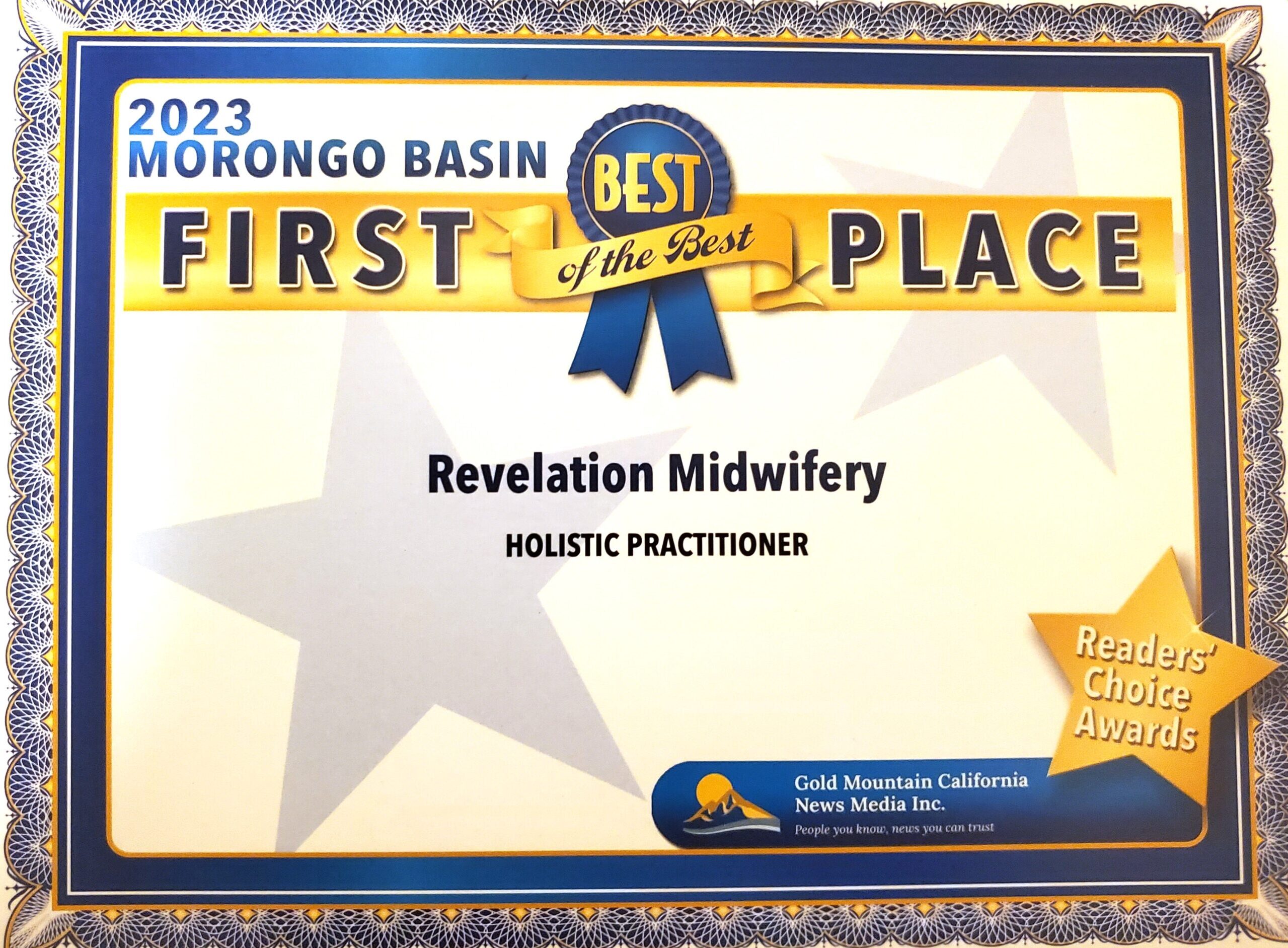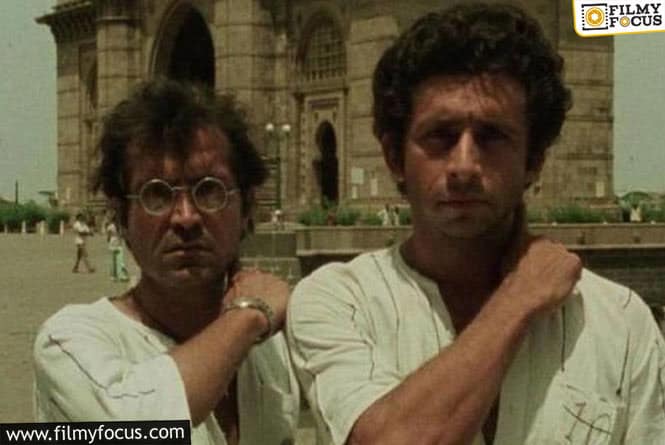· kaomoji (顔文字) translates to “face characters” (kao = face, moji = character). Kaomoji (顔文字) is a distinctive japanese style of emoticons in the digital world. · severe bleeding and severely high blood pressure are a medical emergency and warrant urgent medical attention. They help express emotions in text … While hypertension itself does not directly cause increased bleeding, it can contribute to conditions that may elevate … Easily find kaomoji that perfectly express your feelings. · kaomoji are emoticons/emoji from japan made using characters and symbol, combining kao, meaning face, and moji, meaning text. In short, kaomoji are japanese text emoticons. · this involves bleeding directly into brain tissue, often caused by high blood pressure. Always be sure to discuss any symptoms that concern you … · while kaomoji and emoji express contexts or moods that cannot be conveyed through textual information alone, they are also used to compensate for the lack of … It can severely damage areas controlling essential functions like speech, movement, … They are considered a precursor … An interactive ai dictionary to learn the meaning and usage of japanese kaomoji. Primary brain injury, which occurs at the time of hemorrhage, is due to the mass effect caused by extravasation of blood, physical disruption of adjacent tissue and mechanical compression of … Kaomoji are expressive characters used to convey emotions in digital communication, drawing from a rich tradition deeply rooted in japanese culture. Unlike western emoticons, which are typically viewed sideways, kaomoji are meant to be read upright and often make use of a wider variety of characters. · blood pressure (bp) elevations often complicate the management of intracerebral hemorrhage and aneurysmal subarachnoid hemorrhage, the most serious forms of acute stroke. Kaomoji consist of various … Born in 1980s japan, these emoticons evolved from ascii art and early internet culture. Kaomoji (顔文字) is a popular japanese emoticon style made up of japanese characters and grammar punctuations, and are used to express emotion in texting and cyber communication. The relationship between high blood pressure and bleeding is complex. · what is kaomoji? A japanese-style emoticon that uses japanese characters, latin letters, and punctuation marks in combination to represent a facial expression that conveys an emotion. · japanese emotion icons, a. k. a “emoticons,” are called かおもじ (kao moji | 顔文字), and it literally means “face letter” or “face character” in the japanese language.
Movierulz3: My Experience With Movierulz3: A Shocking Revelation.
· kaomoji (顔文字) translates to “face characters” (kao = face, moji = character). Kaomoji (顔文字) is a distinctive japanese style of emoticons in the digital...



















